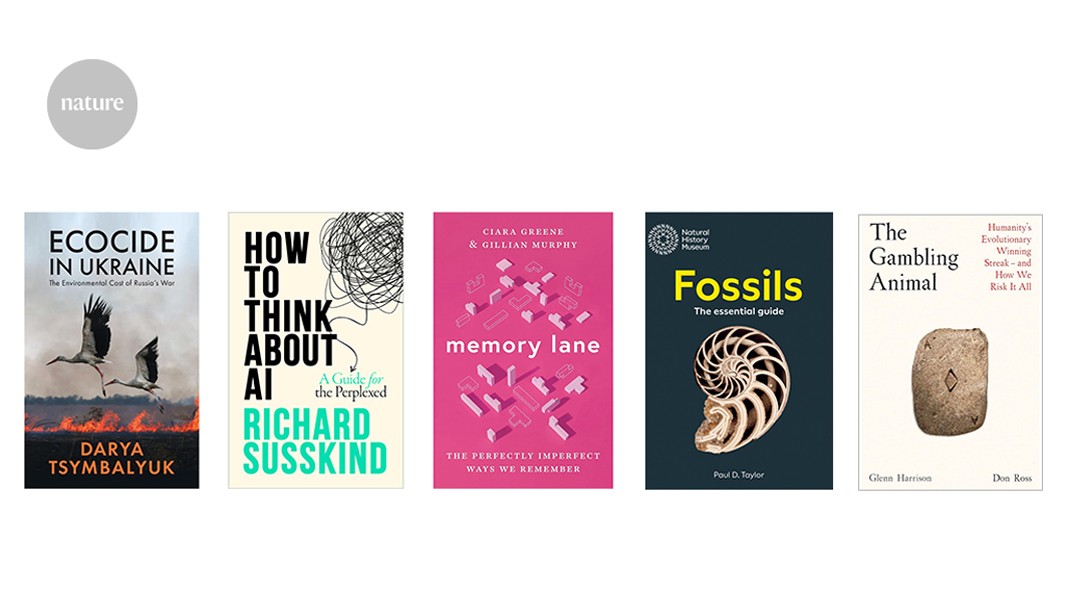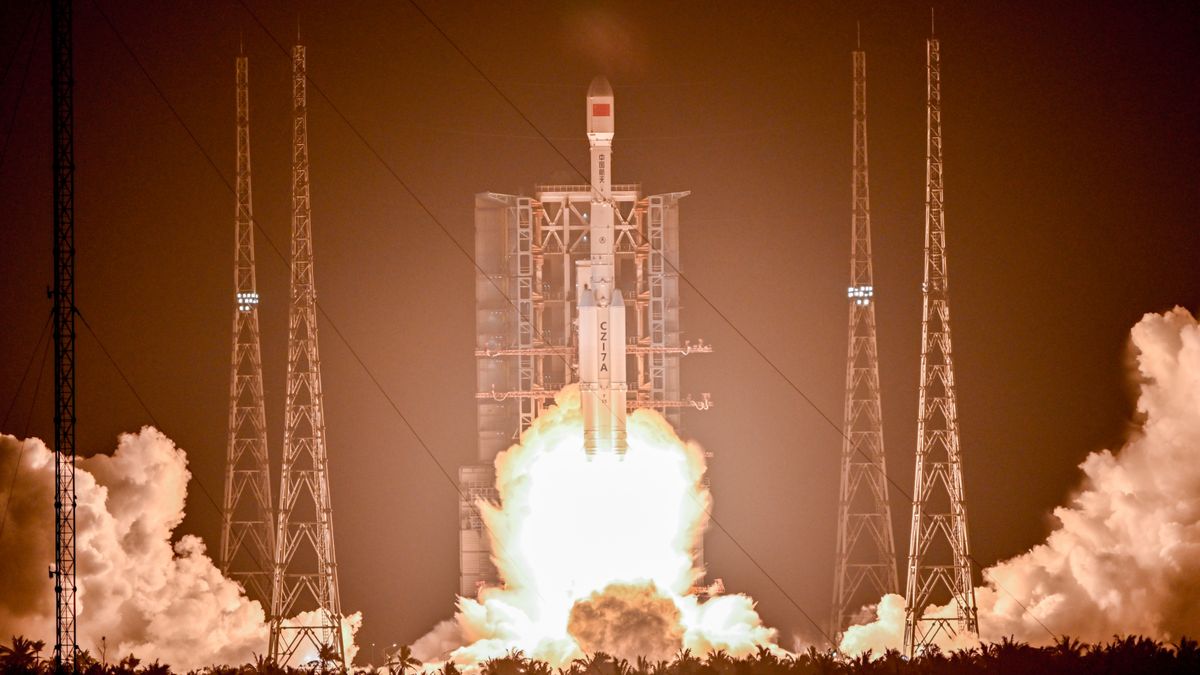Earth’s Core Is Leaking Gold Into Volcanoes, Scientists Say
By
Isaac Schultz
Published May 23, 2025
|
Comments|
A volcanic eruption. Photo: United States Geological SurveyEarth’s core is apparently a bit leakier than scientists expected. In a new study published in Nature, researchers describe evidence that traces of precious metals from Earth’s metallic core, including ruthenium and gold, are seeping up into volcanic rocks on the surface. The University of Göttingen-led team examined lava from Hawaii’s volcanic islands and discovered an unusually high concentration of a rare isotope: ruthenium-100, an isotope that’s more common in Earth’s core than in the rocky mantle. The isotope’s presence suggested that the lava had somehow picked up material from the planet’s deepest layer—more than 1,800 milesbeneath your feet. “When the first results came in, we realized that we had literally struck gold,” said Nils Messling, a geochemist at the University of Göttingen, in a university release. “Our data confirmed that material from the core, including gold and other precious metals, is leaking into the Earth’s mantle above.”
Earth’s core formed over 4 billion years ago and contains more than 99.999% of the planet’s gold supply. But as Nature reported, previous studies indicated that some volcanic rocks consisted of material from Earth’s core, raising questions about how the heck that material got to the surface. Now, thanks to ultra-high precision isotopic analysis developed by the Göttingen team, researchers were able to resolve previously undetectable differences in ruthenium isotopes—an achievement that dialed the team into the relationship between Earth’s center and its most explosive sites on the surface. “Our findings not only show that the Earth’s core is not as isolated as previously assumed,” said Professor Matthias Willbold, also of the University of Göttingen, “We can now also prove that huge volumes of super-heated mantle material–several hundreds of quadrillion metric tonnes of rock–originate at the core-mantle boundary and rise to the Earth’s surface to form ocean islands like Hawaii.”
The team’s findings indicate that Earth’s supply of precious metals near the surface may owe some of its origins to this deep-seated reserve of molten rock. Studying other hotspots—think of Iceland, Japan, and other regions crammed with active volcanoes—could clarify how much of the material brought to the surface originates from the boundary between Earth’s core and its mantle.
Daily Newsletter
You May Also Like
By
Margherita Bassi
Published May 21, 2025
By
Isaac Schultz
Published May 6, 2025
By
Isaac Schultz
Published April 27, 2025
By
Isaac Schultz
Published March 18, 2025
By
Margherita Bassi
Published March 15, 2025
By
Adam Kovac
Published March 2, 2025
#earths #core #leaking #gold #into
Earth’s Core Is Leaking Gold Into Volcanoes, Scientists Say
By
Isaac Schultz
Published May 23, 2025
|
Comments|
A volcanic eruption. Photo: United States Geological SurveyEarth’s core is apparently a bit leakier than scientists expected. In a new study published in Nature, researchers describe evidence that traces of precious metals from Earth’s metallic core, including ruthenium and gold, are seeping up into volcanic rocks on the surface. The University of Göttingen-led team examined lava from Hawaii’s volcanic islands and discovered an unusually high concentration of a rare isotope: ruthenium-100, an isotope that’s more common in Earth’s core than in the rocky mantle. The isotope’s presence suggested that the lava had somehow picked up material from the planet’s deepest layer—more than 1,800 milesbeneath your feet. “When the first results came in, we realized that we had literally struck gold,” said Nils Messling, a geochemist at the University of Göttingen, in a university release. “Our data confirmed that material from the core, including gold and other precious metals, is leaking into the Earth’s mantle above.”
Earth’s core formed over 4 billion years ago and contains more than 99.999% of the planet’s gold supply. But as Nature reported, previous studies indicated that some volcanic rocks consisted of material from Earth’s core, raising questions about how the heck that material got to the surface. Now, thanks to ultra-high precision isotopic analysis developed by the Göttingen team, researchers were able to resolve previously undetectable differences in ruthenium isotopes—an achievement that dialed the team into the relationship between Earth’s center and its most explosive sites on the surface. “Our findings not only show that the Earth’s core is not as isolated as previously assumed,” said Professor Matthias Willbold, also of the University of Göttingen, “We can now also prove that huge volumes of super-heated mantle material–several hundreds of quadrillion metric tonnes of rock–originate at the core-mantle boundary and rise to the Earth’s surface to form ocean islands like Hawaii.”
The team’s findings indicate that Earth’s supply of precious metals near the surface may owe some of its origins to this deep-seated reserve of molten rock. Studying other hotspots—think of Iceland, Japan, and other regions crammed with active volcanoes—could clarify how much of the material brought to the surface originates from the boundary between Earth’s core and its mantle.
Daily Newsletter
You May Also Like
By
Margherita Bassi
Published May 21, 2025
By
Isaac Schultz
Published May 6, 2025
By
Isaac Schultz
Published April 27, 2025
By
Isaac Schultz
Published March 18, 2025
By
Margherita Bassi
Published March 15, 2025
By
Adam Kovac
Published March 2, 2025
#earths #core #leaking #gold #into
·115 Views










